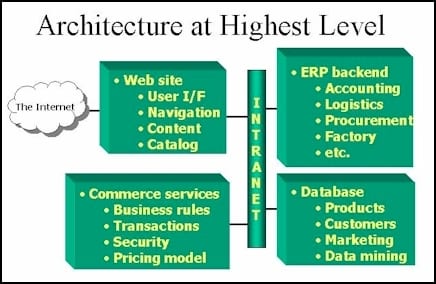Satellite delivery systems provide a unique capability for distributing multimedia content to remote locations. ATS can assist in the definition of content requirements, network architecture and implementation using state-of-the-art transmission, processing, storage and display technology.
At ATS, we understand the challenges in working at a distance and have helped organizations evaluate and adopt a variety of solutions which employ systems that are familiar (PCs, local area networks, Internet web servers, VSATs and other wireless communications technologies) and those that might not be as ubiquitious (synchronous meeting tools, document management systems, Internet-based video conferencing, and centralized project management).
Outsourcing and the Make-versus-Buy Decision. The process of creating an effective telecommunications and IT network begins with understanding who the players are (internal and external), where they are located, and what forms of information they must access and share. For this to be implemented properly, an architecture should be developed that builds upon what is in place already as well as what may need to be introduced. Moving effectively in this direction is neither easy nor without risk. We have helped organizations understand their needs and requirements in ways that they may be addressed by state-of-art IT systems and networks. Taking it to the next level would involve a thorough evaluation of alternatives, including the trade between internalizing the function (the “make” strategy) versus working with other suppliers (the “buy” decision, also known as outsourcing). An outsourcing strategy will consider how the requirements are divided among network systems and services, who are the most appropriate outsourcing organizations to be evaluated, and the manner in which the whole arrangement is to carried forward and managed on a day to day basis. An example of our methodology can be found in the book by Bruce Elbert, Networking Strategies for Information Technology.
IT Networks and Application Systems. Modern data processing systems are simple on the surface because of our reliance on standard servers, PCs, local and wide area networks. The role of the Internet suite of protocols (e.g., TCP/IP), Gigabit Ethernet, fiber optic networks, 3G and 4G wireless and satellite systems has greatly reduced the barriers imposed by location and distance. However, the real complexity comes when organizations need to introduce new enterprise applications that ride on top.
The concept behind architecture like that shown is deceivingly simple: decide on the business and technical functions you need, and then cobble the systems together from best-in-breed components. In reality, this is a difficult and risky business. In almost every case we have observed, the first vision did not survive to the final system; rather, it is the people behind the effort who provide the magical glue to make it come together. ATSI has assisted clients in organizing their current and evolving IT requirements so that the overall network can be assessed. This involves network and application testing, request for information (RFI) and request for proposal (RFP) preparation and evaluation, culminating in test and verification of the operational system.
